BMW is getting ready to embark on a radical engineering and technology drive which could see all future models from the 3-series upwards, including the Rolls-Royce range, become all-wheel-drive range-extender electric cars.
This ground-up rethink for BMW is based both on the way that the body is constructed and the make-up of the powertrain. The days of welded steel bodies and engines that drive the rear wheels via conventional transmissions are set to be consigned to history, according to the latest thinking by BMW’s advanced engineering department.
In will come bodies made from a mix of steel, aluminium and composites and powertrains that use electric motors as the primary drive source, backed up by a large battery pack and a fundamentally rethought internal combustion engine family that spends much of its time acting as a generator and running at peak efficiency.
See what we make of the current generation BMW 3 Series saloon
These new cars will also be designed to incorporate a much more fundamental exploitation of aerodynamics, because reducing air and rolling resistance at speed to a minimum will be essential.
Connected technology will use 3D sat-nav to allow the car to anticipate hills and use downhill coasting to reduce energy use and recharge its batteries. Suspension that can drop to a low ride height for motorway travel is also on the menu, along with active aerodynamics that will enable all of the front air intakes to close up at motorway speeds.
The big push behind this potentially game-changing rethink of the car is the looming EU fuel consumption regulations. Car makers have to hit a fleet average CO2 output of 95g/km, with a range of between 85g/km and 110g/km for the various brands.
When this target becomes fully applicable in 2021, a new CO2 fleet target will be set for 2025 and it is certain to be even more stringent.
BMW’s ‘big car’ sales — not including the 1-series and the Mini family — amount to about 75 per cent of its output. This means getting the CO2 emissions of the mainstream 3-series, 4-series and 5-series models down to 50g/km (on the current test regime) or even lower.
So the adoption of some kind of plug-in hybrid powertrain — the sort that will appear in the 3-series eDrive in 2016 — will be necessary for all of BMW’s larger cars over the next decade. The downsides of today’s plug-in hybrid technology are weight, the need to make space for a battery and the high cost.
BMW’s plan to make all of its cars from the 3-series upwards plug-in hybrids has forced the company’s engineers to rethink the make-up of its cars from first principles.
The first move is to radically reduce the weight of future bodyshells to help offset the extra weight of battery packs. Work on BMW’s bodyshell of the future is already well advanced, and the first generation of the mixed-materials structure will be seen this coming summer, underpinning the next-generation 7-series.
Autocar understands that BMW has adopted similar technology to that being used by Audi. It involves building future architectures from a mixture of high-strength steels, aluminium in cast and extruded forms and some types of carbonfibre composites. These materials are variously bonded, glued, screwed and riveted together.
Using composites in strategic structural areas, such as the roof pillars and sills, allows thinner-skinned steel pressings to be used, saving weight and improving rigidity.
Using a combination of adhesives and spot welds can also allow relatively thin-skinned steel pressings to be formed into immensely light and rigid structures.
It is expected to take another generation of the 3-series, expected in 2018, before BMW is ready to switch its mainstream car to this kind of carbonfibre-intensive construction. That’s partly because it will take some years to reduce the cost of this kind of construction.
The next stage of the reinvention is BMW’s rethink of the hybrid powertrain. The surprise is that the final concept — demonstrated a few weeks ago under a 5-series Gran Turismo — is not so far in basic principle from the system that propels the Chevrolet Volt. It also means that on-demand four-wheel drive will be available on all future BMWs.
This new hybrid powertrain is described by BMW as being “scalable from the 3-series to a V12 Rolls-Royce”. It uses two electric motors, one on the rear axle and one mounted directly behind the engine.
A large battery occupies the centre tunnel and some of the space usually occupied by the fuel tank. The front-mounted engine acts as a generator in most driving situations, creating electricity to help drive the electric motors. The front electric motor is key to the new powertrain.
In normal use, it drives the front wheels via a still-secret new type of transmission. At speeds above 50mph or so, the engine ‘assists’ the electric motor by attaching itself to the new transmission and helping to drive the front wheels at motorway speeds.
BMW won’t reveal the details of this new combined electric motor and transmission system, but company engineers told Autocar that the combustion engine would probably be driving the front wheels only about 10 per cent of the time in a typical journey.
This, they said, allowed them to run the engine at ‘Lambda 1’ for 90 per cent of the time. This means that the engine is run very lean, with no need for any kind of enrichment by the fuel injection system, resulting in reduced fuel use.
Indeed, because the engine works mostly as a generator, it can be totally rethought in its design and operation. And because the engine is only working mechanically at limited times and with substantial assistance from electric motors, it can potentially be much simpler and less expensive to build than today’s complex turbo engines.
Reducing the cost and complexity compared with today’s engines should help offset the cost of the batteries and power electronics.
These fundamental changes to the make-up of future models also play into BMW’s promise of being the ‘ultimate driving machine’. The heavy battery is placed low down and in the centre of the car and the new generator/motor will often be lighter and mounted farther back in the car’s nose. The upshot will be generation of BMWs even better balanced than today’s rear-drive models.
When BMW switches to the new range-extender electric powertrains, traditional badging will become redundant. With performance dictated mainly by the electric motors, BMW could switch badging to reflect torque output, so ‘345’ would be a 3-series with 450Nm.
Coming first - the 2016 BMW 3-series plug-in hybrid
The first step in the process of introducing electrification to BMW’s whole range is to make a relatively conventional plug-in hybrid version of the facelifted 3-series, because it “offers the largest economies of scale” for the company’s fleet-wide fuel economy.
Engine
The car uses a conventional 180bhp turbocharged 2.0-litre four-cylinder petrol engine. It drives an eight-speed auto gearbox.
Battery Pack
A 7.6kWh battery has been packaged over the rear axle, reducing boot space only marginally. The electric-only range is 22 miles.
3D Sat-nav
The 3D GPS system works out the topography of the route and selects the most appropriate drive mode: Comfort, Sport or Eco Pro.
Coasting Function
The car can ‘sail’ at speeds of up to 99mph, disengaging the transmission and idling the engine to reduce fuel use to zero.
Electric Motor
The conventional torque converter has been replaced by an electric motor, which is good for about 95bhp and 185lb ft.
Coming later - the 2022 BMW 3-series hybrid
Because the new-generation engine runs as a lean-burn generator for 90 per cent of the time and the twin electric motors provide significant torque, demands on the engine are much reduced. So it probably doesn’t need a turbocharger, the accompanying intercooler system or the Valvetronic system.
The emissions control system should also be less complex and expensive, all of which greatly reduces the cost of the unit. The engine is likely to be significantly lighter, too.
The new transmission is unlikely to have more than three ratios and could be a mechanical planetary system. It’s likely to be less expensive than today’s eight and nine-speed autos and dual-clutch transmissions.
The battery pack can be larger. It will fit neatly in space freed up by the removal of the propshaft and the use of a smaller fuel tank. A rear differential is also not needed. Braking assistance from electric motors means the mechanical brakes can be smaller, lighter and cheaper.
The multi-material bodyshell will be at least 100kg lighter than that of today’s 3-series, partly offsetting the battery’s weight.
This new hybrid powertrain offers part-time and permanent all-wheel drive and can be scaled across all models. So although the new, simplified generator motors might come in different sizes and capacities — and the battery pack will come in different sizes — this powertrain can largely be shared between everything from a 3-series to an BMW X5 to a Rolls-Royce Phantom. This will save BMW a huge amount of money in production and research and development costs.
Get the latest car news, reviews and galleries from Autocar direct to your inbox every week. Enter your email address below:

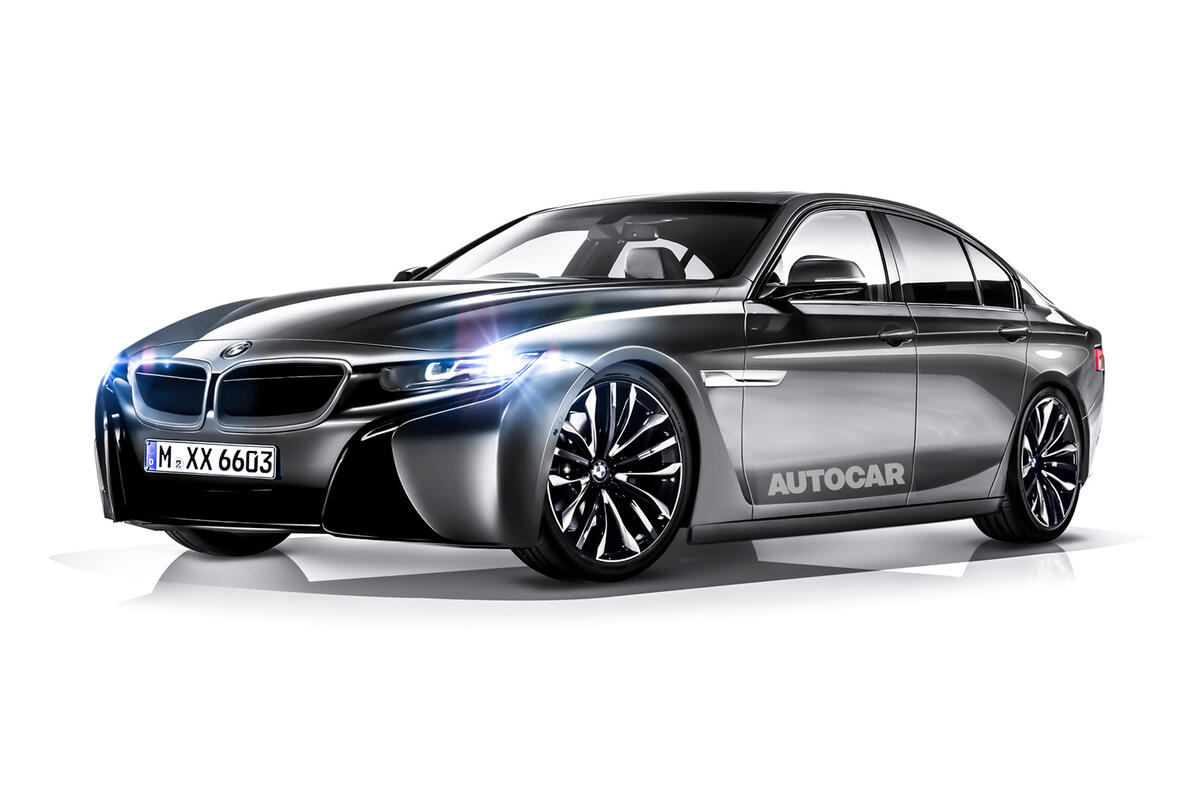
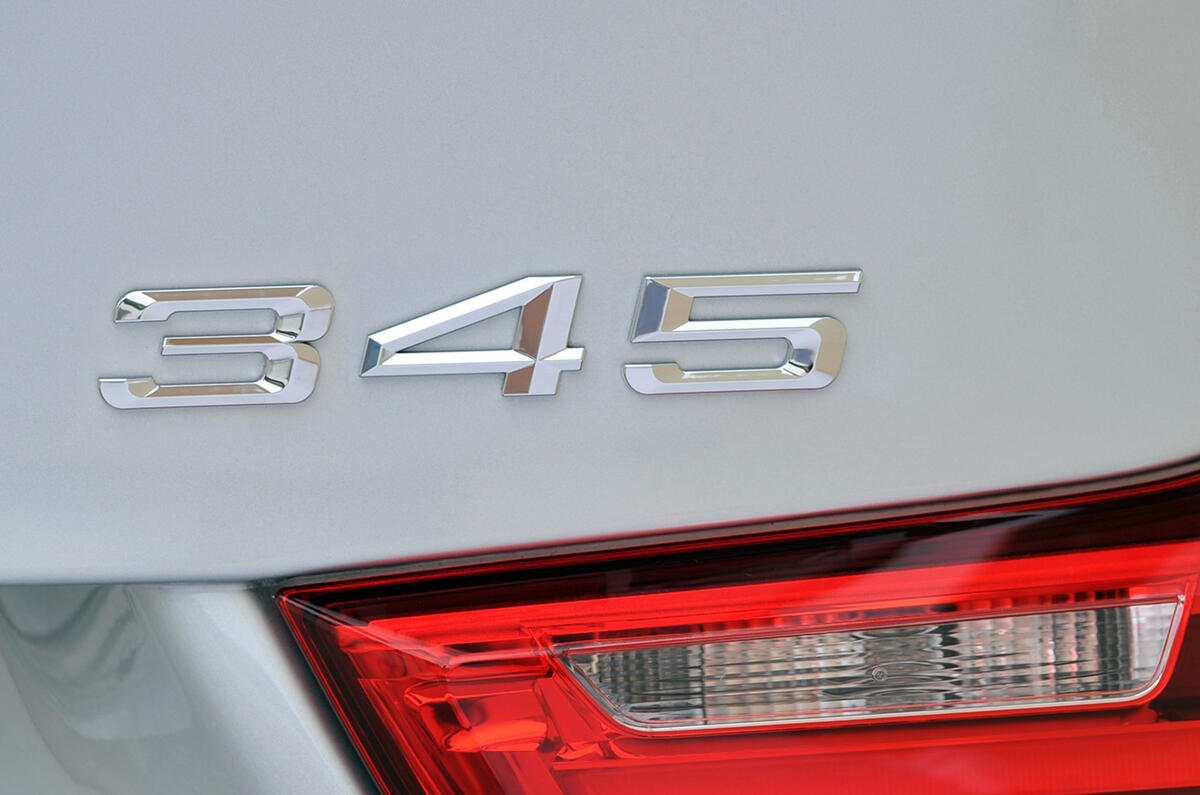
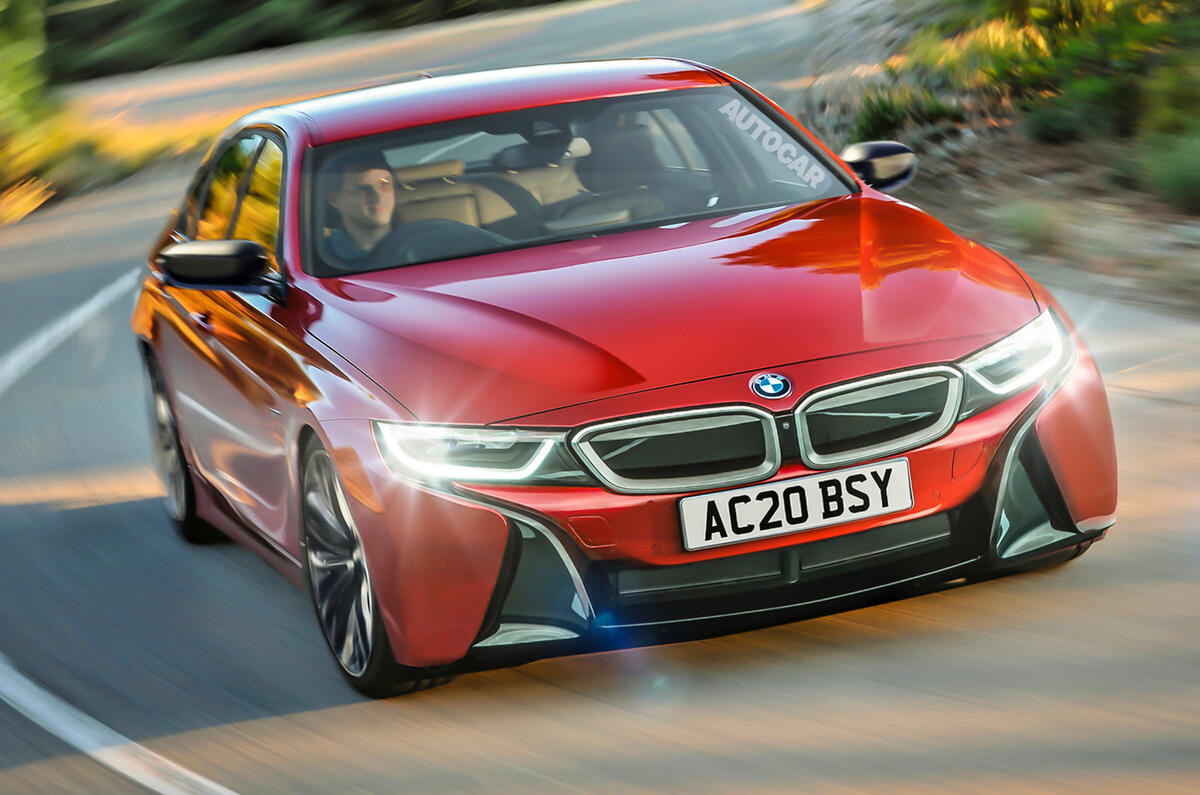
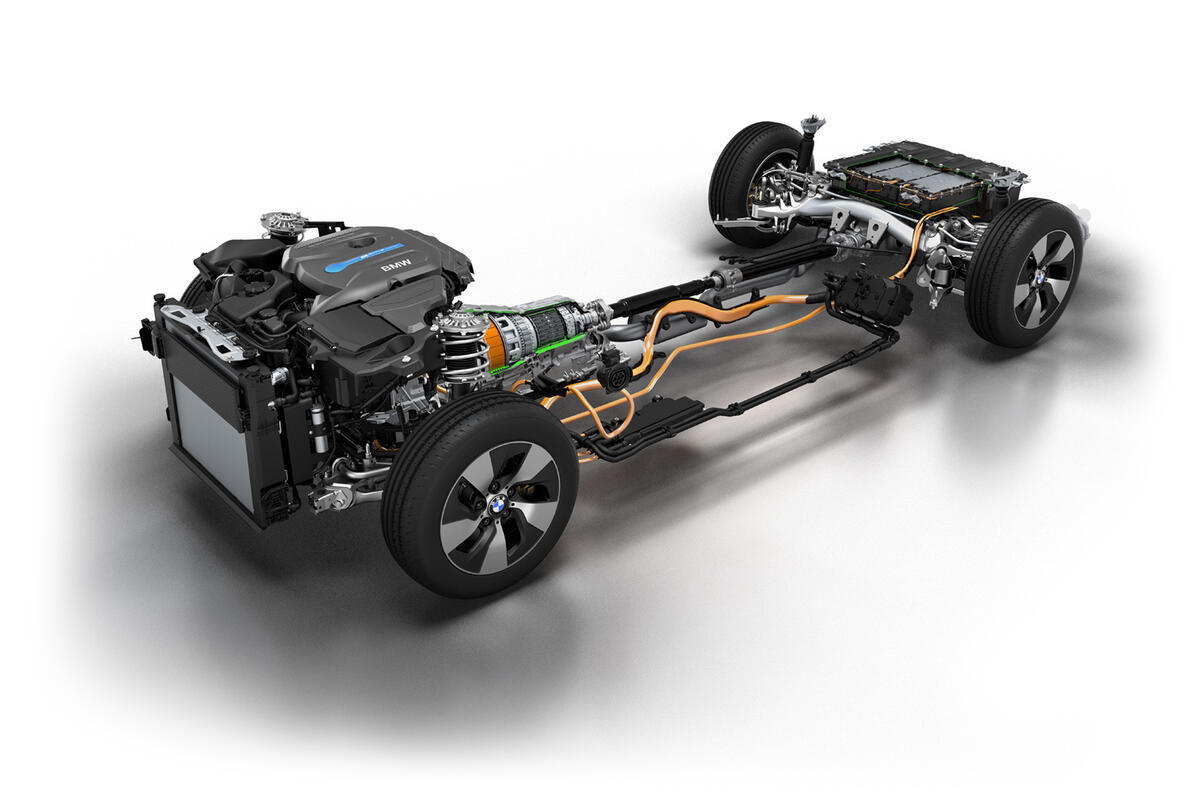
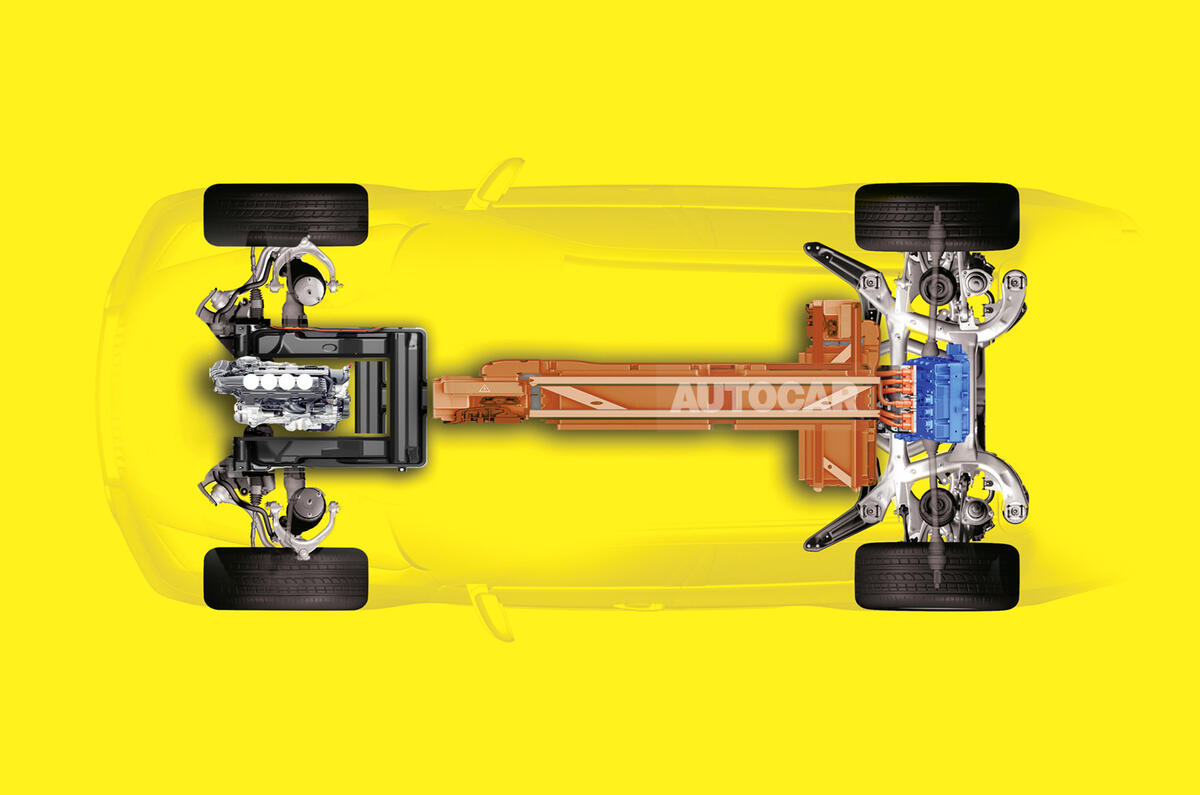
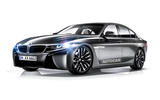
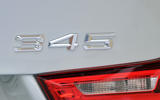
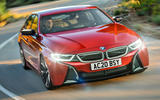
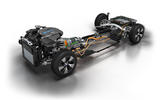
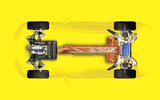


Join the debate
Add your comment
Norma Smellons is confused
Yes it is! You are correct (except for the parenthesis). And guess what, the main reason the Earth has been at nice temperature for humanity instead of a cold wasteland like the Moon (average temp minus 77°C!), is because of those 300 parts per million of naturally-occuring CO2, plus water vapor and other... greenhouse gases. And by burning fossil fuel and changing land use (chopping down forests) humanity since the Industrial Revolution has raised the CO2 level to 400+ppm, hardly a nano-fraction and very likely the highest it's been for many hundreds of thousands of years.
It's quite simple science, if you pay attention.
steve49car is deluded
Spouting irrelevant factoids doesn't demolish sound science. CO2 levels have gone from 300 to 400ppm since the industrial revolution. CO2 is a greenhouse gas. The temperature has risen. What part don't you understand? Meanwhile there's lots of interesting research going on to figure out the current warming hiatus, it's messy and disputed, but all the theories are coming from scientists who accept anthropogenic global warming.
And then with the brother in a Pius you go off the deep end. The cables in an EV are carrying DC, no electromagnetic fields.
there's a lot of hype about